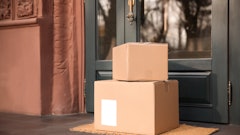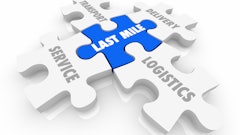
Despite record adoption of IoT, ELD, and AI-powered tracking, many companies still lack the real-time insights needed to act on supply chain disruptions before they spiral out of control, according to a Tive survey. In fact, 60% of businesses still learn about shipment damage only after delivery—or never at all.
“The supply chain industry has made huge strides in visibility technology, but this year’s report shows a harsh reality—that most companies are still flying blind at the worst possible moments,” says Krenar Komoni, founder and CEO of Tive. “Our report found that the majority of businesses only learn about shipment damage after delivery, when it’s too late to do anything about it. Knowing where a shipment is doesn’t mean much if you don’t know what’s happening to it. Supply chains don’t need more data; they need ground truth data at the right time— the ability to act on it before shipments are lost, delayed, or rejected.”
Key takeaways:
- While first-mile and last-mile tracking have improved, the report reveals that mid-mile shipments remain a blind spot, cargo theft is fueling the need for greater visibility, and too many businesses are still reacting to problems instead of preventing them.
- IoT adoption continues to rise, but gaps remain. 60% of companies now use some type of IoT-powered tracking, up from 55% in 2024, yet many still lack the real-time updates needed to act on shipment risks.
- AI adoption jumped from 35% to 45%, helping companies improve inventory optimization, demand forecasting, and risk mitigation.
- 35% of companies are using visibility data to track carbon emissions and optimize routes for fuel efficiency.
- 60% of respondents cite cargo theft prevention as a primary driver for investing in visibility tools, but many still lack the proactive measures needed to prevent loss.
















![Pros To Know 2026 [color]](https://img.sdcexec.com/mindful/acbm/workspaces/default/uploads/2025/08/prostoknow-2026-color.mduFvhpgMk.png?ar=16%3A9&auto=format%2Ccompress&bg=fff&fill-color=fff&fit=fill&h=135&q=70&w=240)



